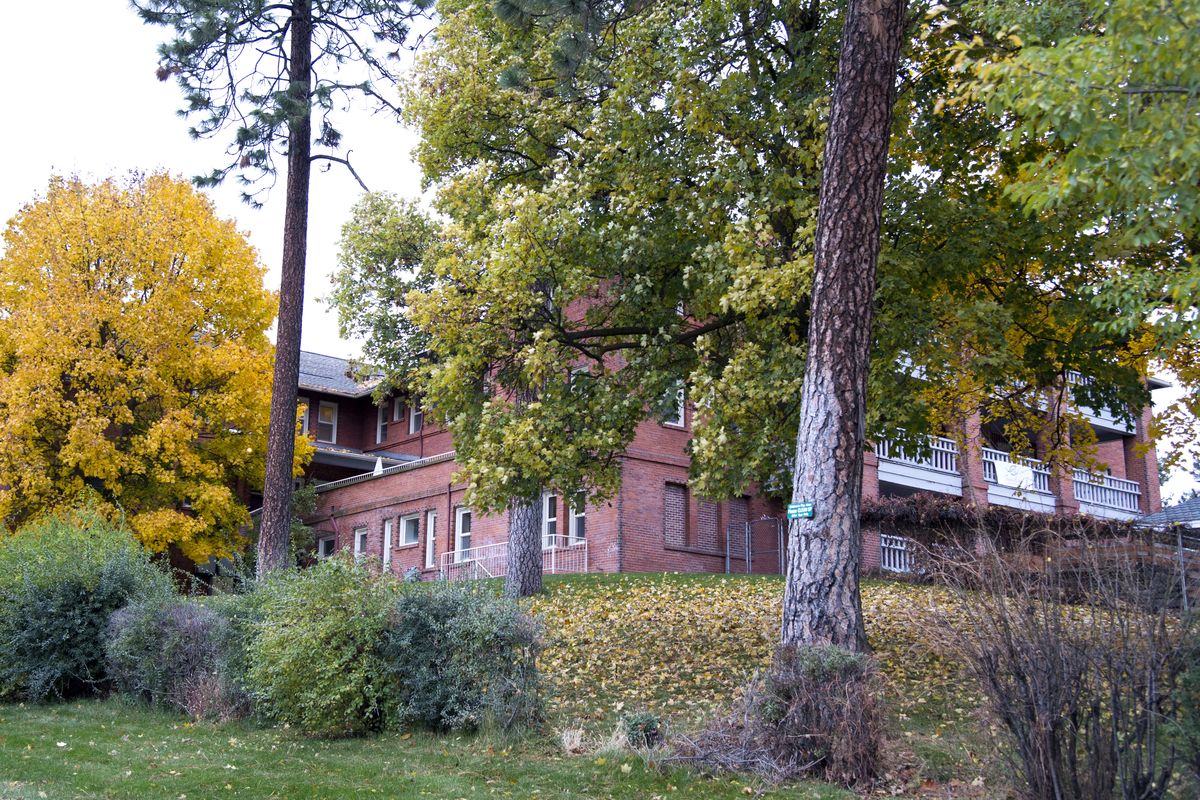Then and Now: Spokane Children’s Home

Before government social services and the United Way, there was the Ladies Benevolent Society of Spokane Falls. It started with a few churchwomen who found abandoned children roaming the dusty streets.
Starting in 1884, the women met in the millinery store of Mrs. William Butterworth to organize volunteer foster care. A fundraising drive to build an orphanage kicked off in 1886 with a Mother Goose-themed charity ball at the Opera House. The event featured a grand march of Spokane’s well-to-do, led by city founder James Glover. They raised $145.
In 1887, the first Home for Friendless Children was built. Other charities and churches joined the annual fundraising and a larger facility was opened in 1909 in north Spokane. The orphanage, later called the Spokane Children’s Home, could house more than 100 children and had its own hospital wing, courtesy of businessman Julius Galland. Regular support came from the Community Welfare Federation, known as the Community Chest, the Athletic Roundtable and many other groups.
Court authorities and police would drop wayward kids at the home. Boys and girls did chores and helped in a large garden to provide food for the other children. Future boxing champion and attorney Carl Maxey, who was African-American, lived at the home for several years. He was unceremoniously kicked out, without explanation, in 1936 at age 11 along with the only other nonwhite resident, a Native American boy named Milton Burns. Maxey finished his schooling on the Coeur d’Alene Indian Reservation.
Three teen girls ran away from the home in 1935 and were picked up by a sheriff’s deputy who said they had to go back to the home. They begged to go anywhere else but there because the home’s superintendent, Fred Hunter, had molested some of the boys. Further investigation showed his assistant, Fred Schueler, was doing the same. Each received 10 years in prison.
The scandal was a blow to Spokane’s oldest charity in the depths of the Great Depression. Since 1919, the Hutton Settlement had provided similar services to orphans. The number of children at the home declined over the next decade as state social service agencies decided that individual foster homes were preferable to a group home. Only four boys were living there when it closed in 1951. Various groups have used the building since then. Today, it is occupied by Transitions, which uses the former orphanage as a transitional housing center for women and children.
– Jesse Tinsley